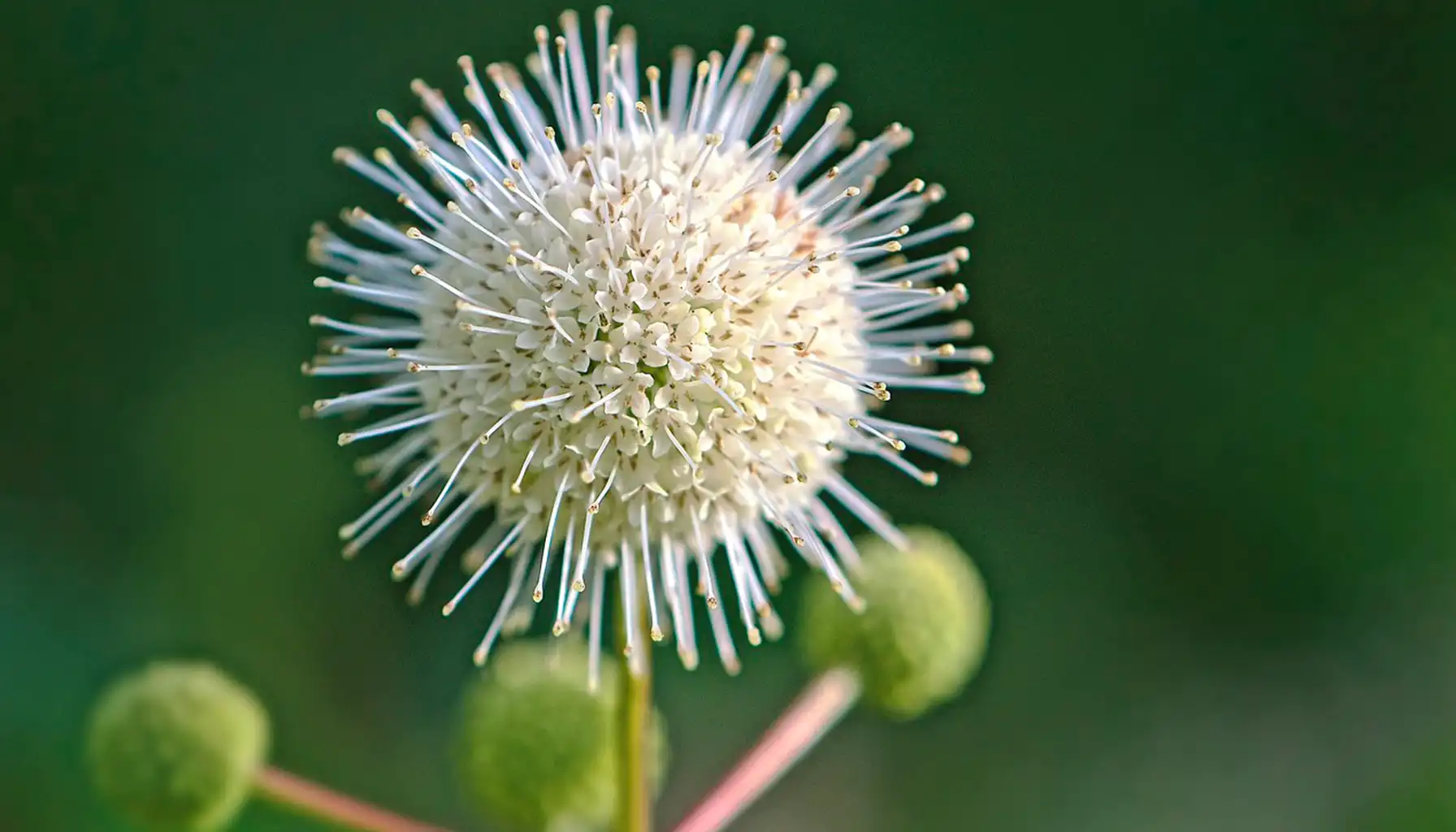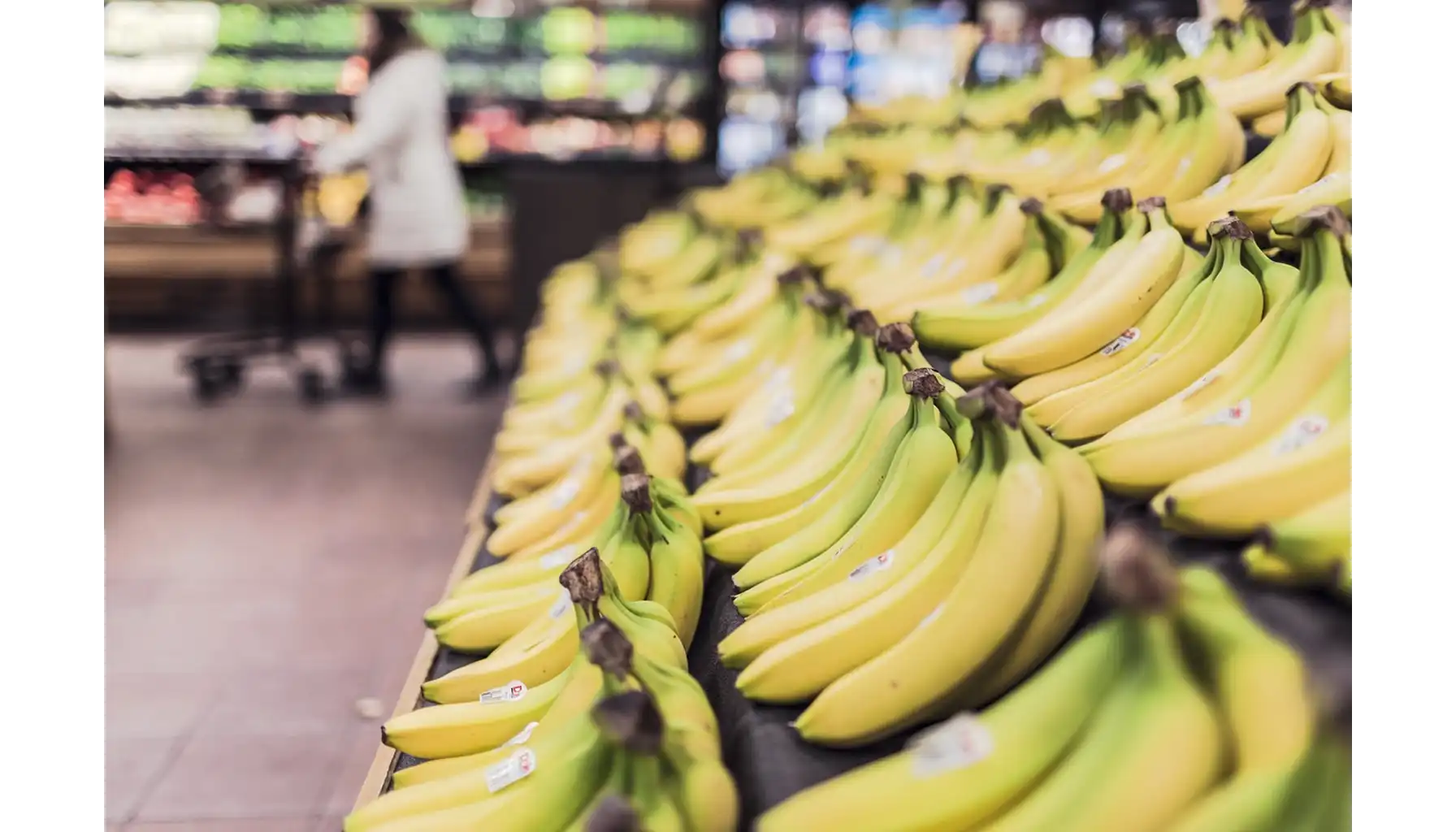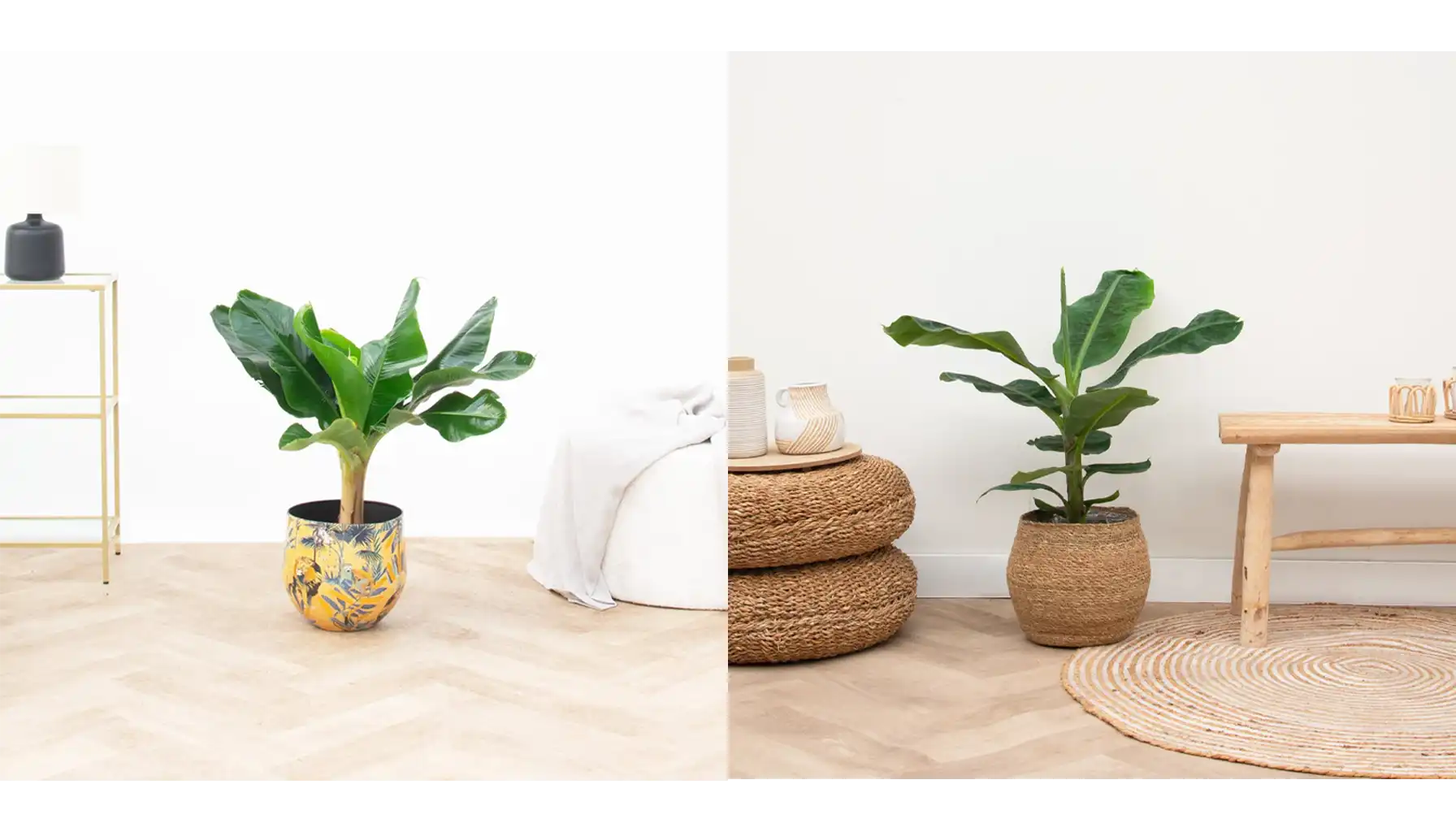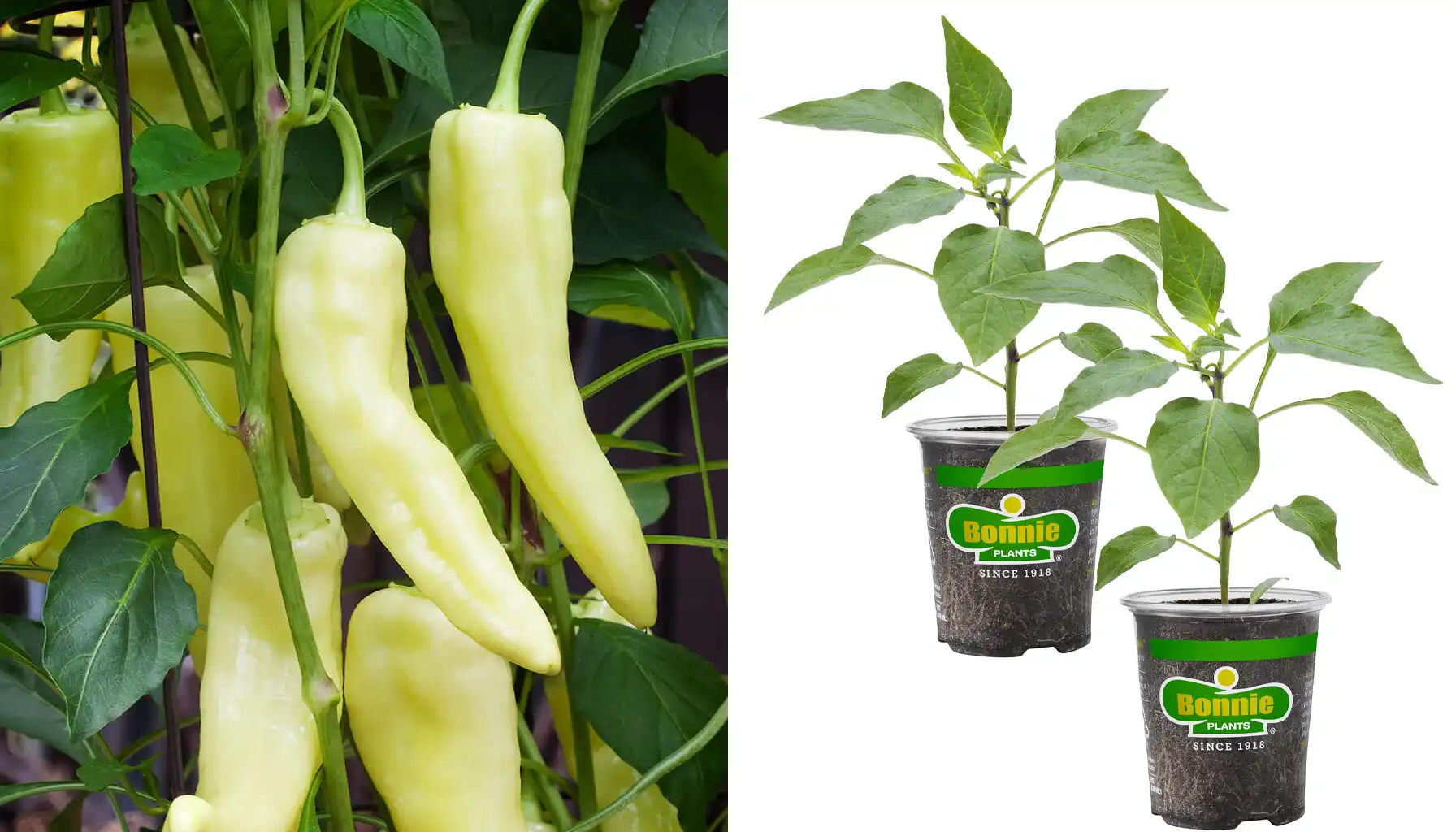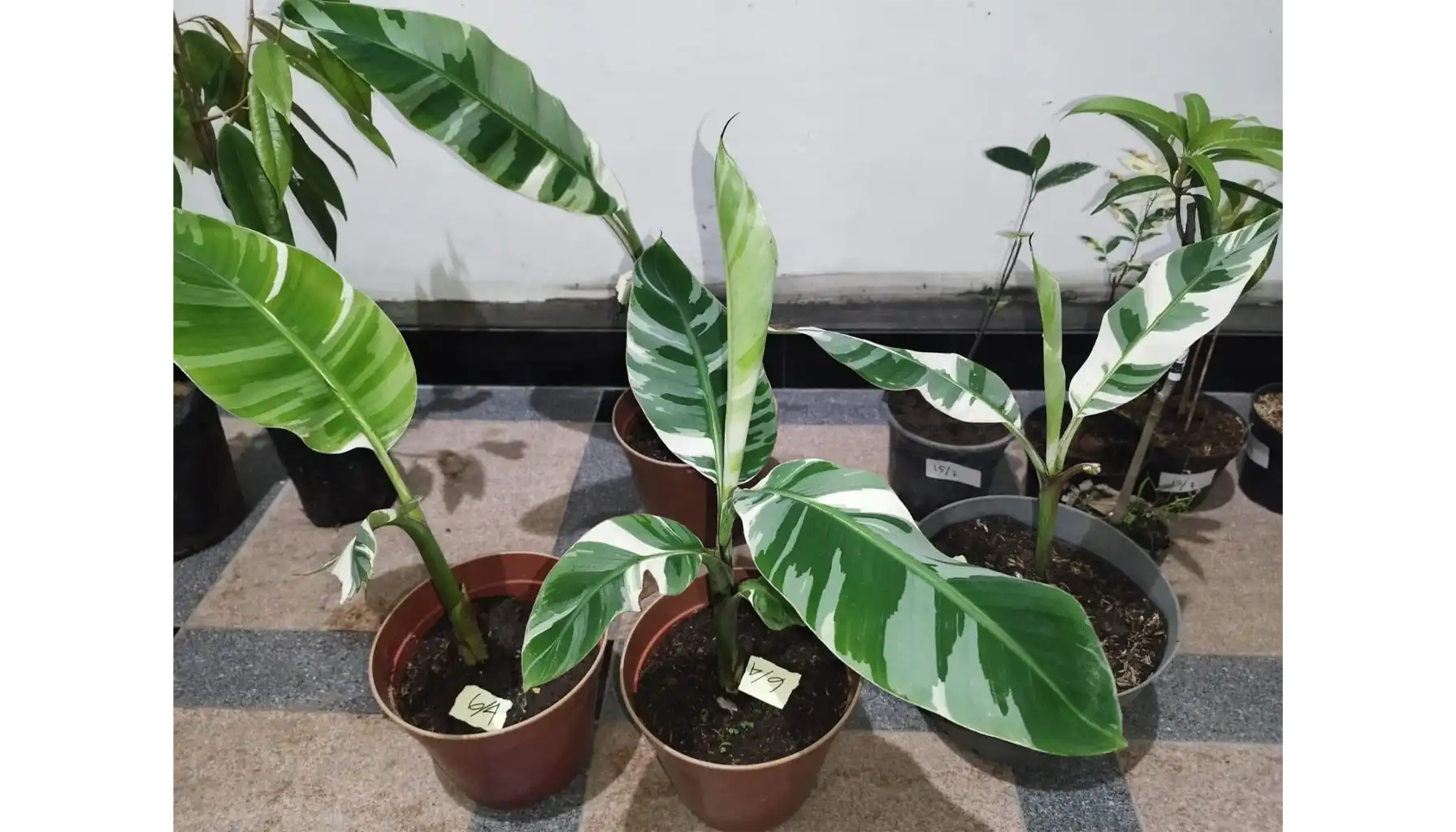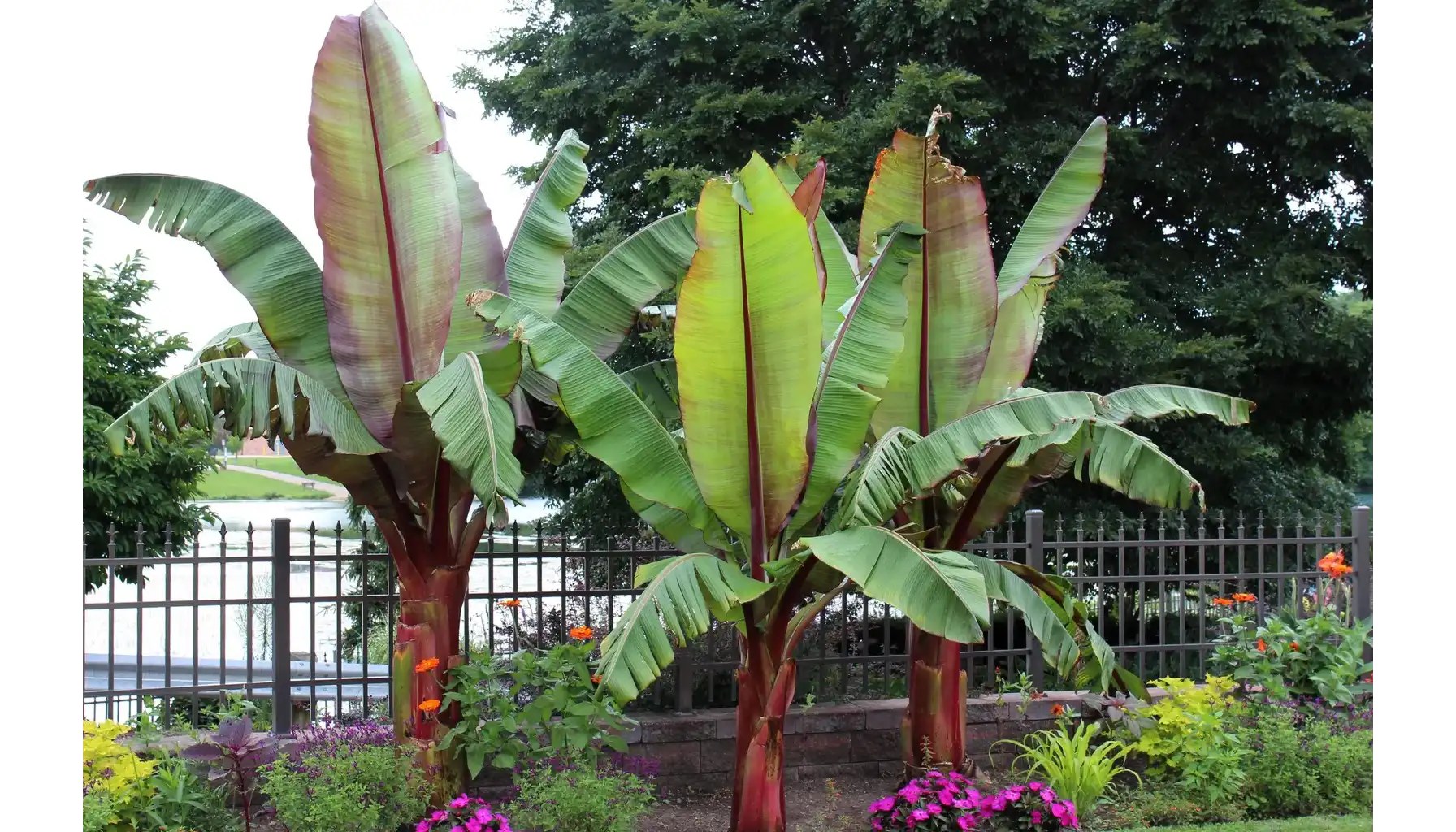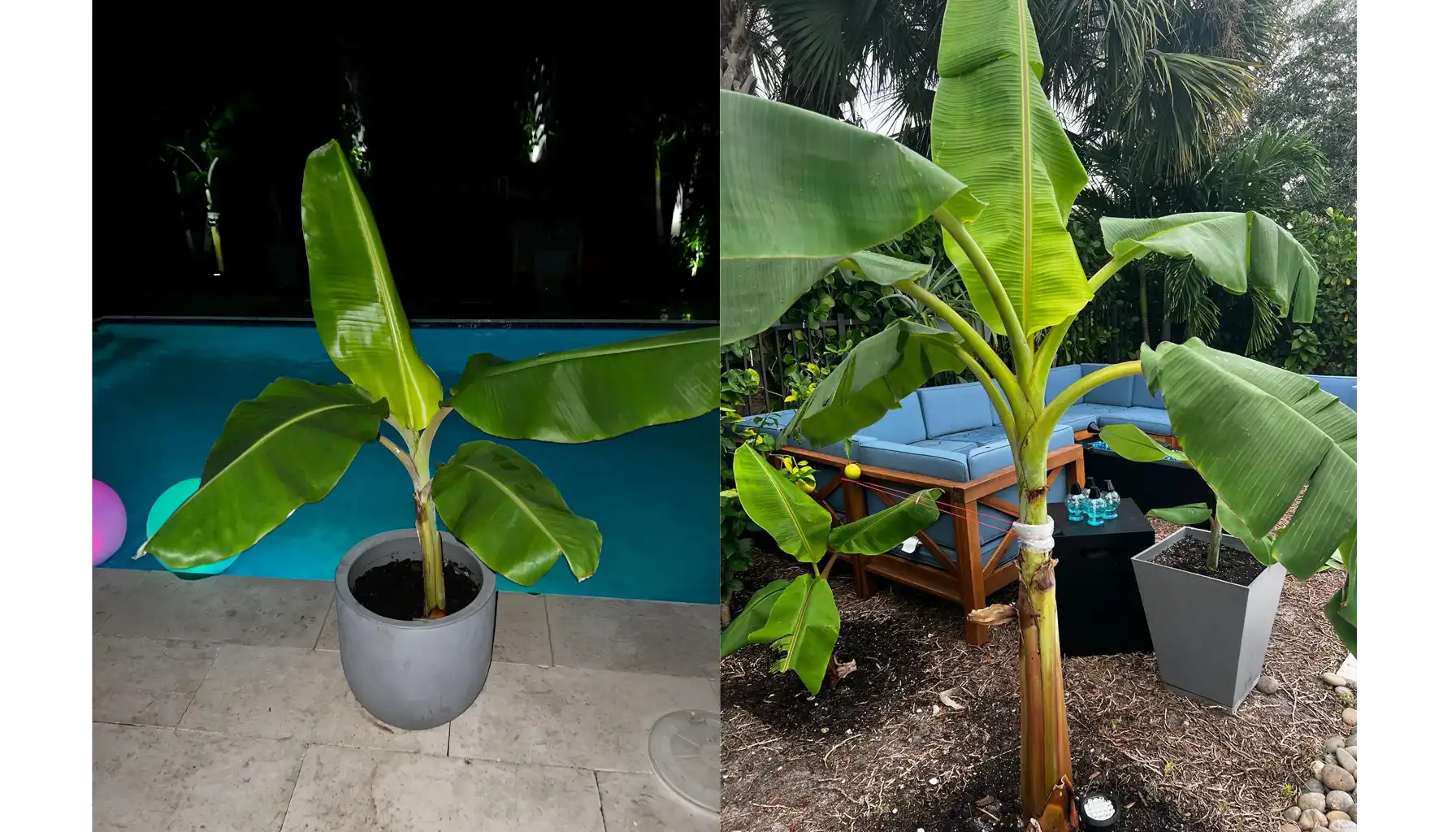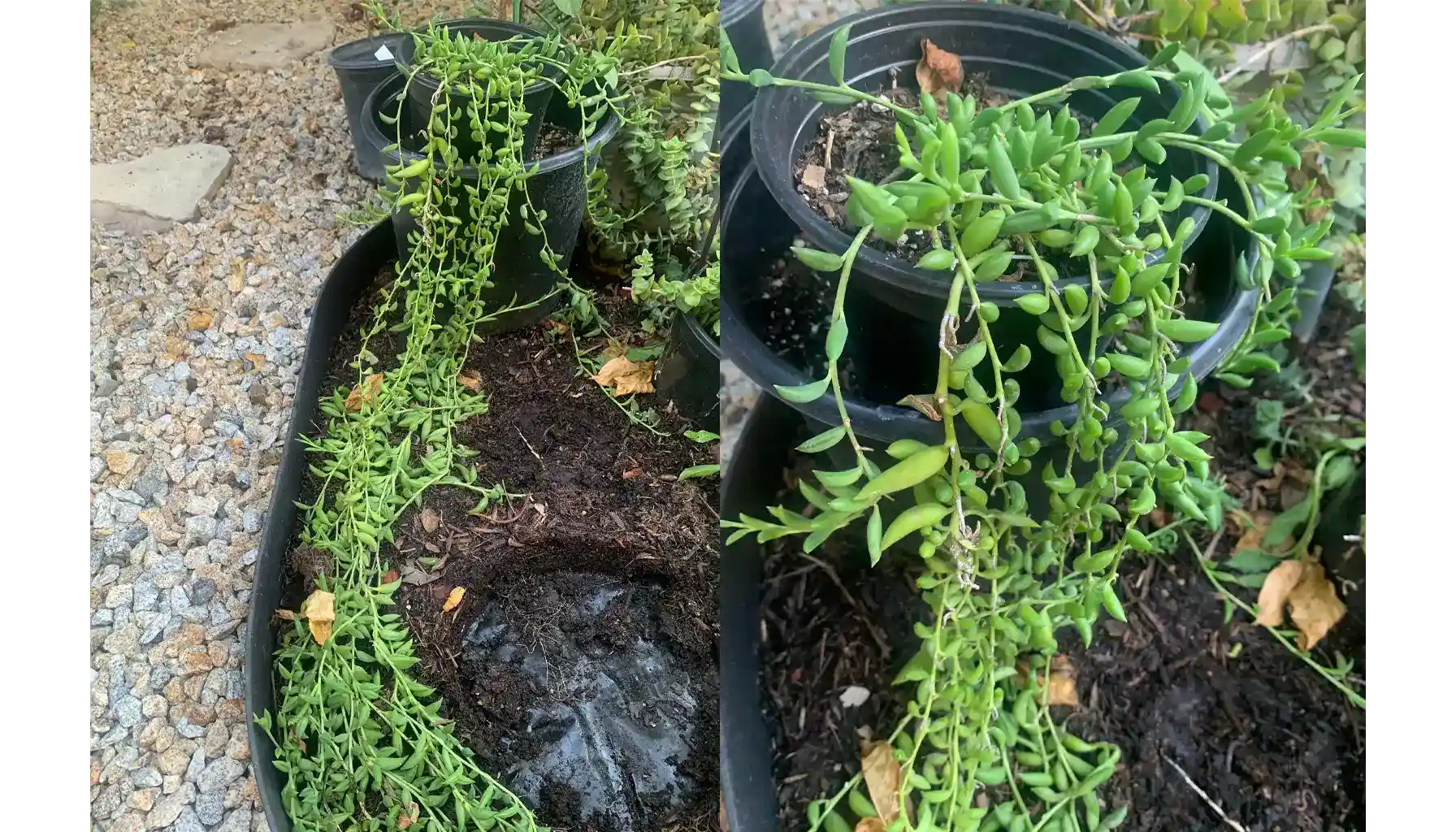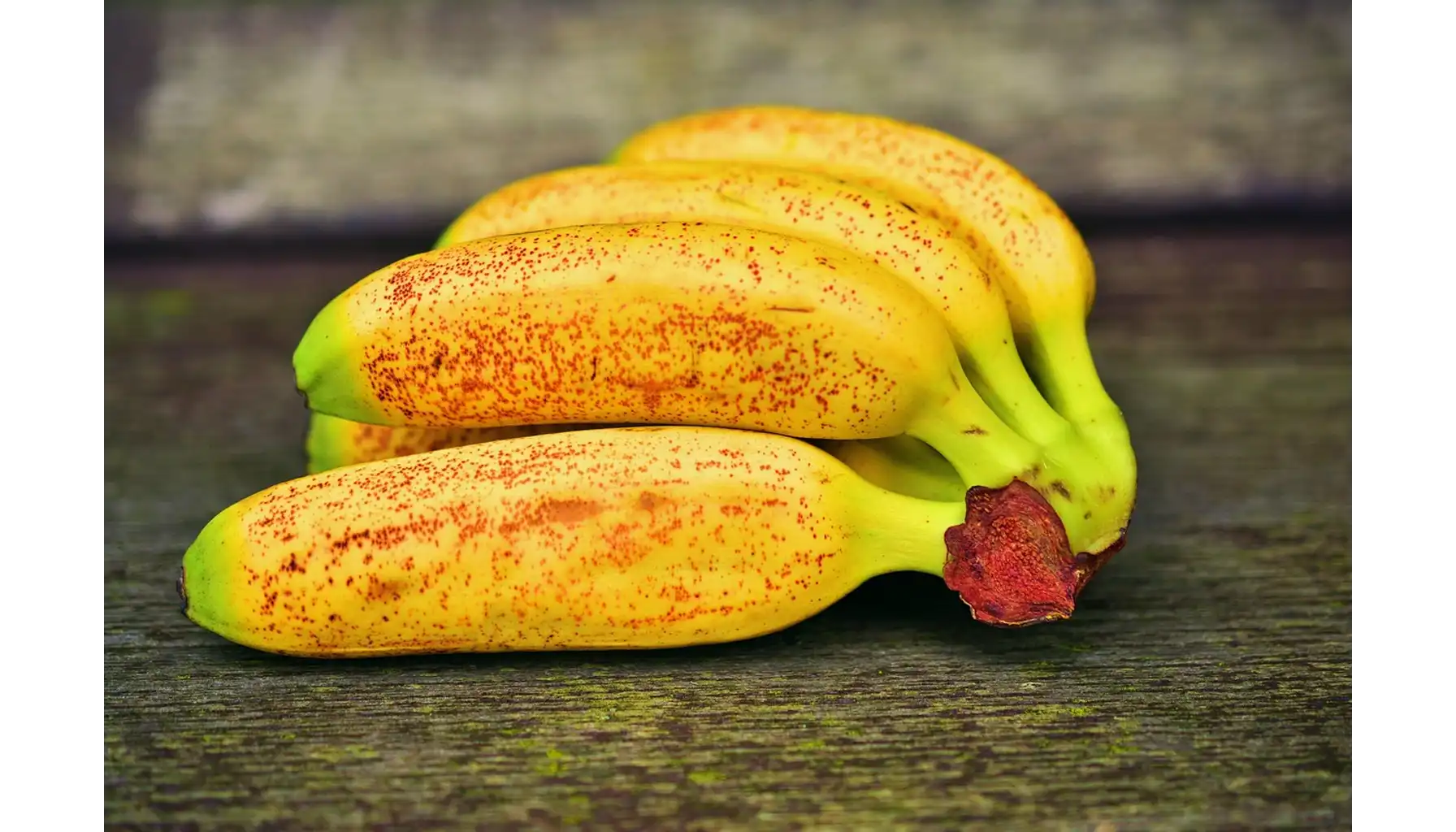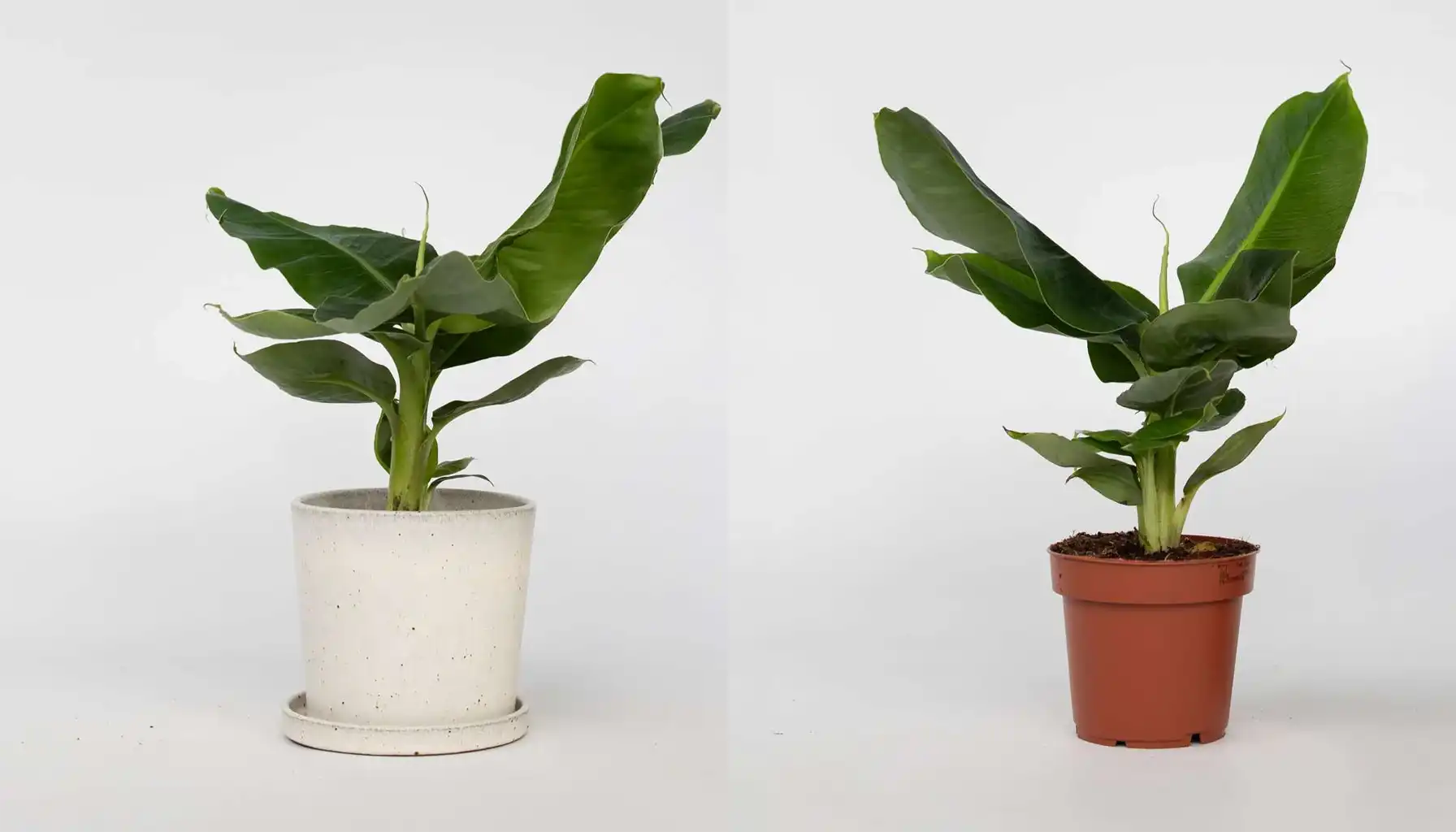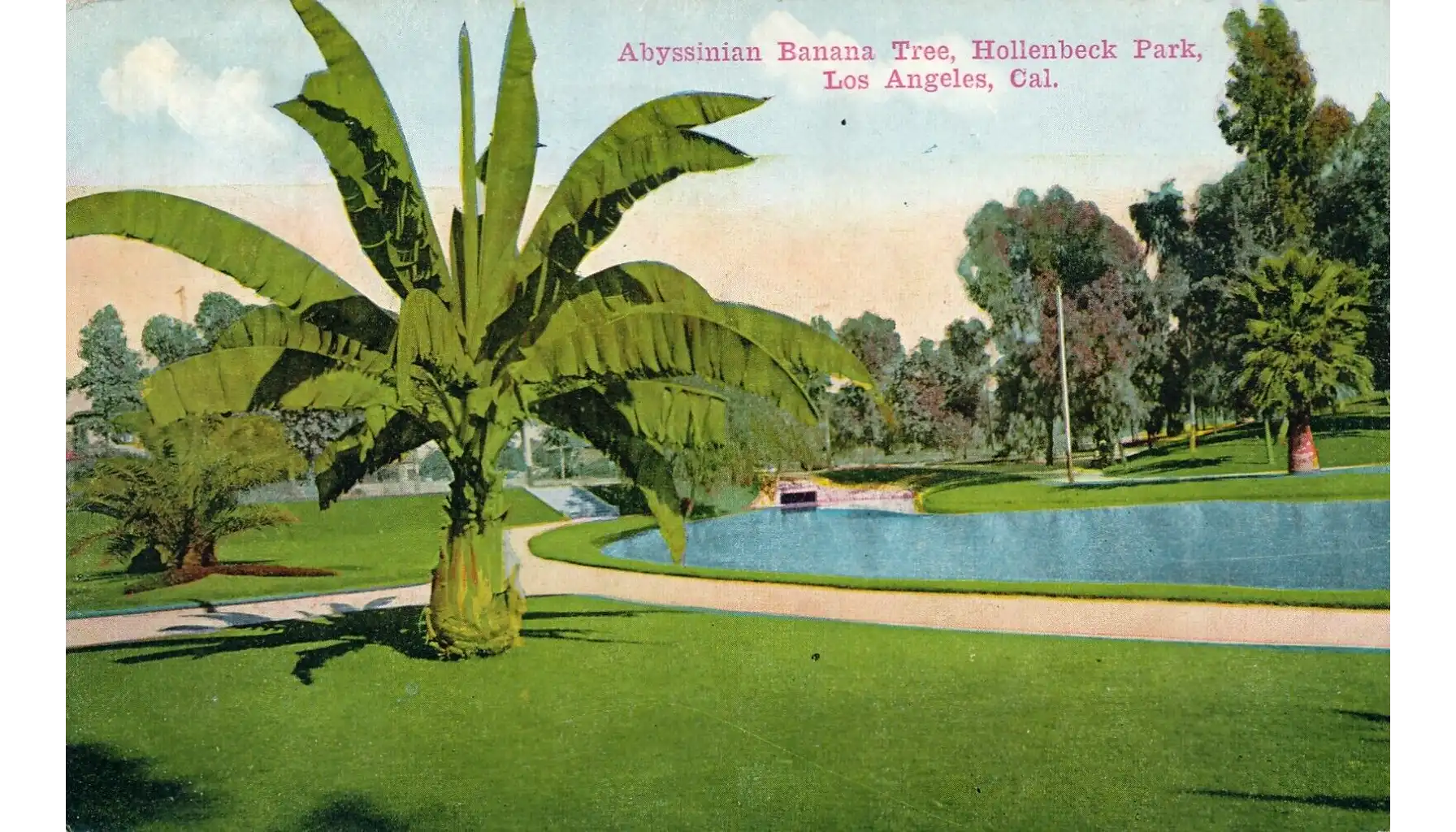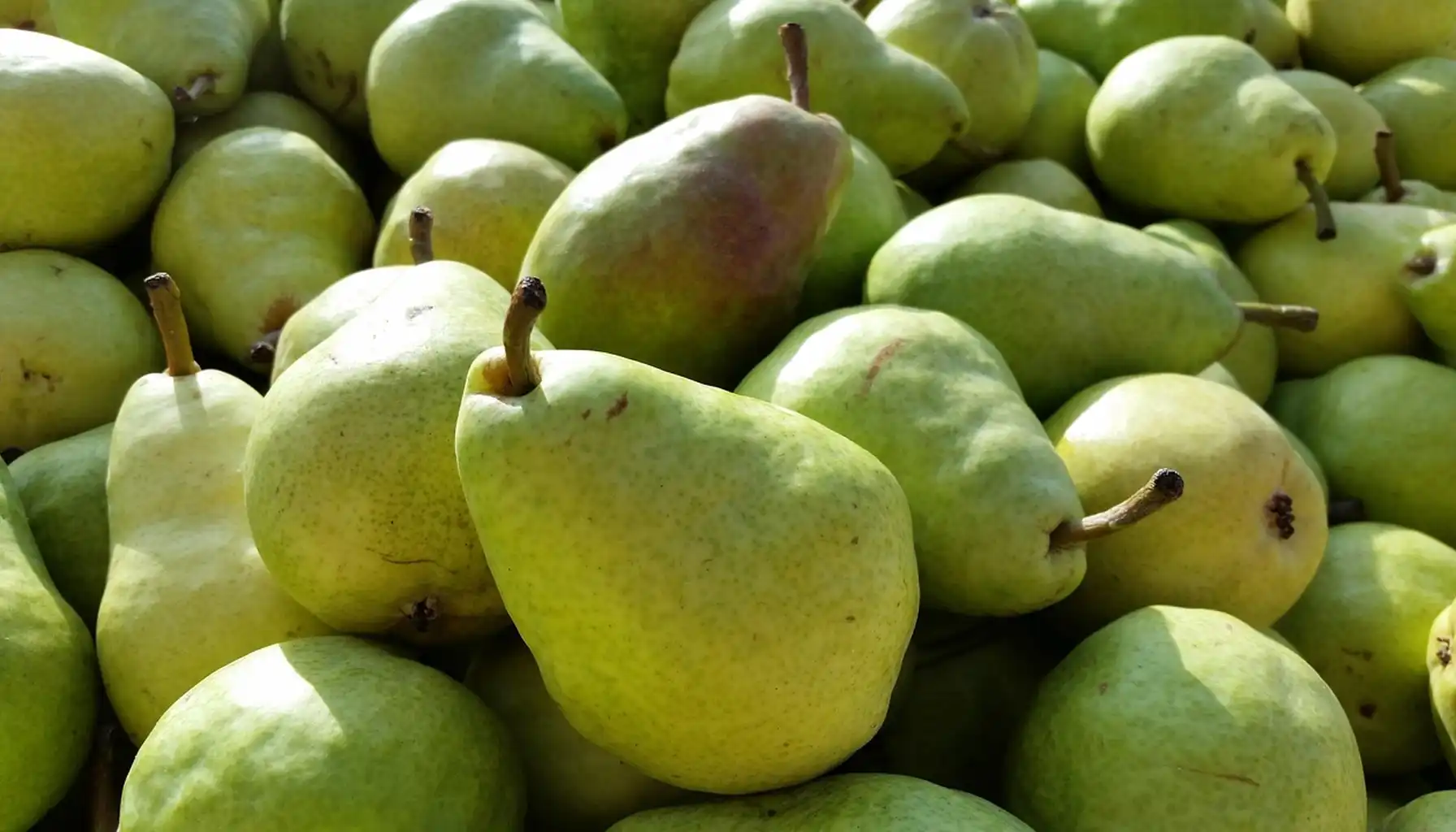With its tropical look, broad leaves, and fast growth, the banana plant is hard to miss — it’s one of the most eye-catching ornamentals out there. People grow it for the exotic vibe indoors, for the fruit in gardens, and even for aquariums.
There are so many varieties that cultivation methods vary depending on the variety. Here we’ll share practical advice on how to make sense of the wide range of banana types and choose the growing method that works best for you.
For convenience, you can also use the free plant identifier app to quickly identify the species and its characteristics.
Banana Tree Plant
These giant grasses resemble palm trees in appearance. The false trunk is formed by leaves pressed tightly together.
Botanical Traits and Growth Cycle
The rhizome remains underground and produces new shoots.
The leaves can reach two meters.
After fruiting, the mother stem dies, but offshoots appear nearby.
This cycle allows the species to constantly renew itself: one stem dies, and a new one is ready to take its place. This is why a banana clump can live for decades without losing its strength or decorative beauty.
Banana Leaf Plant
With its oversized leaves, this type is especially prized — it brings a striking touch whether indoors or out in the garden.
Decorative Uses
Indoors, the leaves create a tropical effect near large windows.
In gardens, they are suitable for arrangements near ponds.
They increase air humidity.
Beyond their exotic beauty, these plants bring practical benefits. Indoors, their big leaves collect dust and boost humidity, making the air easier to breathe.
Outdoors, they create patches of shade, cool the heat, and stand guard as a wind shield for more tender greenery.
Banana Pepper Plant
A Capsicum variety with yellow fruits.
Cultivation Notes
Suitable for greenhouses and open ground.
With their gentle taste, the fruits fit naturally into both salads and light marinades.
Banana Plant Care: General Rules
Caring for a banana comes down to three things: warmth, moisture, and nutrition.
Temperatures range from 22°C to 28°C. This is the optimal range for the plant. Colder temperatures immediately slow growth, and sudden changes in temperature can cause the leaves to turn yellow. In an apartment, the key in winter is to keep the temperature above 18°C.
The soil should always be slightly moist. Bananas can’t tolerate drought or waterlogging. It's best to check the topsoil with your finger: if a couple of centimeters of soil are dry, it's time to water. If you water too much, the roots can rot.
Fertilize every 2–3 weeks. In spring and summer, focus on nitrogen to promote rapid and vigorous leaf growth. In autumn, it's best to switch to a mixture containing potassium and phosphorus—these help strengthen the plant and prepare it for the dormant period.
Banana Plant Indoor
Compact shapes are suitable for apartments and offices.
Benefits of Indoor Cultivation
Their height rarely exceeds 1.5 m.
They look great next to the panoramic windows.
In the interior, they stand out as a vivid focal point.
Indoor Setup
Bright light for at least 6 hours a day. If there's enough light near a window, the banana leaf will thrive there. On cloudy days, it'll need a lamp—it provides just the right amount of light.
Drainage holes in the pot are essential. Without them, the roots sit in water and begin to rot. A layer of expanded clay at the bottom works well—it acts as a buffer against excess moisture.
Humidity should be above average. If the room is dry, the leaves quickly dry out at the edges and turn brittle. A simple solution is to place a humidifier nearby or at least a tray of pebbles and water under the pot.
Water with warm, soft water. Cold water is stressful for bananas, like an ice-cold shower for us. It's best to use settled, room-temperature water: this will help the specimen feel calmer and promote growth without delays.
Variegated Banana Plant
A rare collectible form with white stripes on the leaves.
Specifics
Requires bright light without direct sunlight.
Grows more slowly than regular green varieties.
Grown as a decorative accent.
Red Banana Plant
A variety with purple shades of foliage and fruits.
Red Banana Plant Care
Requires organically rich soil.
Without steady watering, it quickly loses its vigor.
Requires additional light in winter.
Banana Plant Fertilizer
Regular feeding is necessary for healthy growth.
Fertilizing Schedule
In spring — apply nitrogen-containing fertilizers. At this time, bananas devote their energy to foliage growth, and nitrogen helps them develop strong, green leaves faster. Mixtures for ornamental foliage species are suitable.
In summer — use complex fertilizers. During the hot months, the crop expends maximum energy, so it's important to get everything at once: nitrogen, potassium, and phosphorus. Fertilizing every 2-3 weeks maintains stable growth.
Before flowering — focus on potassium. As buds emerge, the plant directs its resources toward future fruit. With enough potassium, leaves grow denser and stronger, while the fruit becomes sweeter and more flavorful.
Banana Plant for Sale
Seedlings and tubers are available in stores and online.
What to Check Before Buying
Dwarf Banana Plant
Dwarf forms reach only 1.5 m.
Traits of Dwarf Forms
How to Plant a Banana Tree
Proper planting ensures healthy growth.
Planting Steps
Choose a sunny location. Bananas need almost all-day light, and drafts and cold winds significantly slow growth.
Prepare a hole about 40 cm deep. This depth gives the roots space and helps them establish quickly.
Add compost. The organic mixture will provide nutrients for the first few months and loosen the soil.
Place the rhizome at ground level. Planting it too deeply can cause rot, while planting it too shallow can cause it to dry out.
Cover with soil, water, and mulch. Watering compacts the soil around the roots, while mulch retains moisture and protects the soil from overheating.
Banana Plant Outdoor
In regions with mild climates, the species is grown outdoors. Garden cultivation calls for a bit of extra care.
Banana Plant Care Outdoor
Southern sections of the garden.
The soil is loose and fertile.
Mulch in the fall.
Cover with non-woven material in the winter.
Remove old leaves in the spring.
Ice Cream Banana Plant
A rare variety with bluish fruits.
Features
Its taste is soft, with hints of vanilla and a creamy touch.
Grown in greenhouses or warm climates.
Prized by collectors.
Wild Banana Plant
Natural forms are found in the tropics.
Natural Role
They serve as food for animals.
They produce fruits with large seeds.
They are used in breeding.
Aquatic Banana Plant
An aquarium specimen with tubers shaped like mini bananas.
Aquarium Care
Planted in sand or gravel.
The leaves rise to the surface and form "lily pads."
Water temperature: +22…+28°C.
Banana Leaf Plant Indoor
This form is especially effective in spacious rooms.
Styling Tips
Looks great near large windows.
Requires regular misting.
Creates a tropical backdrop in compositions with species like Alocasia Pink Dragon.
Sweet Banana Pepper Plant
A variety with a distinctly sweet taste.
Growing Conditions
Plant in sunny areas.
Water moderately.
Use fresh and in preserves.
String of Banana Plant
A trailing succulent, popular among collectors.
Features
The leaves are oval and resemble bananas.
Requires infrequent watering.
Prefers bright light.
Cavendish Banana Plant
The commercial standard among banana varieties.
Cultivation
Savannah Banana Face Plant
It might sometimes seem like the name of some exotic plant or even a new species of banana. But in reality, it's much simpler (and more amusing): the term originated with the Savannah Bananas baseball team, famous for their spectacular performances and hilarious falls. So, it's not a botanical name, but a pure internet meme.
Musa Banana Plant
A genus that unites wild and cultivated forms.
Varieties Table
Variety | Height | Features |
Musa acuminata | 2–3 m | Ancestor of cultivated varieties |
Musa basjoo | 3–4 m | Cold-hardy species |
Musa ornata | 1.5–2 m | Bright flowers |
Musa velutina | 1–1.5 m | Ornamental, pink bananas with seeds |
Musa sikkimensis | 4–5 m | Hardy, reddish leaf midribs, used in cooler climates |
Hardy Banana Plant
Frost-resistant variety for moderate climates.
Traits
Abyssinian Banana Plant Care
A rare form of Ensete ventricosum.
Practical Care
The soil should be rich and loose.
In summer, it requires ample watering.
In containers, it needs regular repotting.
In winter, it tolerates temperatures down to +10°C
Why Grow Bananas at Home
Bananas add a bright and vibrant touch to an interior. They pair well with ornamental trees like the Ficus Lyrata. These arrangements bring a touch of the tropics right into a city apartment.
AI Plant Finder – Smart Gardening
AI Plant Finder helps you care for your plants.
Features
Plant Identification by Photo.
Diagnosis by Photo — disease detection.
Expert Care Tips.
Extensive Database (300,000+).
AI Botanist for consultations.
My Garden Tool with reminders.
Water Calculator for precise watering.
Light Meter for measuring illumination.
The application is available free of charge for iOS and Android.
Related AI Plant Finder Posts
